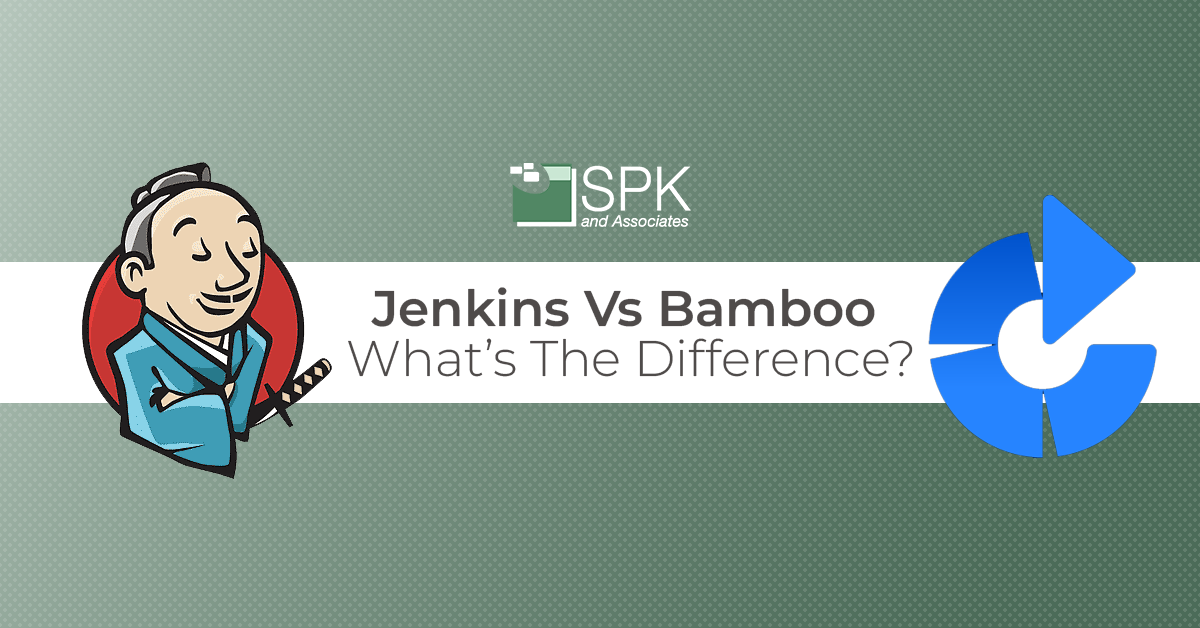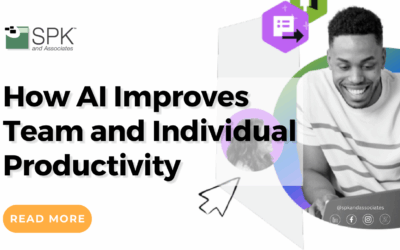Fewer bugs in releases, availability to constant updates and better deployments are the stuff DevOps dreams are made of. Continuous integration (CI) tools like Bamboo and Jenkins both boast a wealth of CI opportunities. They help streamline and remove tedious tasks through automation. But what are the key factors you need to consider when opting for Jenkins vs Bamboo?
We’ll explore the differences between the two in this blog. But first, ask yourself the following questions:
- How much budget do you have?
- Is ease of use, or customizable functionality what you’re looking for?
- What operating systems and browsers do you currently use?
- Do you want access to a world of plug-ins? Or do you want to write your own?
Once you have an idea on your current state of play, you’ll be better prepared to use this guide and decide which tool is more suitable for your needs….because the short answer is….it really depends on user needs!
What Is Jenkins?
Jenkins is one of the most popular tools available for continuous integration. With Jenkins, you can easily build and test your software. A Jenkins pipeline exists as code and is based on Groovy, so your DevOps team can then easily deploy and integrate the changes through platforms like Ansible and Puppet. Since the inner workings of this pipeline are code-controlled, you can track changes to the pipeline itself in any git repository, opening up all the advantages that support the rest of your development process. It comes with a wide range of add-ons and over 1500 plugins to integrate with various platforms, so it becomes flexible with your desired tools. Don’t see a plug-in that’s quite right? Jenkins even allows you to code and share your own plug-ins with the community.
Jenkins is so versatile, that it can easily become the sun of your DevOps solar system, integrating with everything from version control systems like git right through to deployment tools like Ansible.
What Is Atlassian Bamboo?
Atlassian Bamboo is a Java tool released in 2007 and designed for continuous integration. As its name “Bamboo” suggests, it’s flexible yet powerful.
With Bamboo, your developers can build, document, integrate, test and deploy. It allows the developers to use CI/CD methodologies. With end to end visibility, you can spend more quality time on writing code over tedious integrations, however, it is limited by around 100 plug-ins due to most of its functionality being built into Bamboo marketplace. It does, however, easily integrate with dev favorites like Jira and other Atlassian products.
Bamboo is designed with a methodical and sequential approach. You build plans, then stages, then jobs, then tasks.
Jenkins Vs Bamboo Differences
Cost
Jenkins has a higher number of installations globally compared to Bamboo, however, Jenkins is an open-source tool meaning it is completely free, compared to Bamboo which is licensable. This has its pros and cons. Both Jenkins and Bamboo have a deep library of self-serve documentation available online from the installation of the software to deployment how-tos. Due to its open-source nature, Jenkins has an internet-wide community on hand, but Bamboo has a dedicated support team for its users. Bamboo can also leverage additional support from Atlassian’s online community.
Atlassian Bamboo has a different pricing model approach. Atlassian products tend to be charged on a per-user basis. However, Bamboo is chargeable based on the number of build agents. What’s a build agent? It’s a downloadable set of instructions that enable you to carry out your plan. So the more plans you have, the higher the charge fee.
Jenkins also has enterprise support available in the form of CloudBees CI, the paid-for version developed by the company that created it. CloudBees CI is similar enough to Jenkins that any engineers already familiar with that product will be able to instantly jump into developing for CI, while enjoying extra features. This includes more powerful hosting services, better SDA automation, and integrations with other tools such as CloudBees CD.
Ease Of Use
Jenkins focuses primarily on functionality rather than a user-friendly interface. It offers a more customizable platform for your DevOps team focusing on add-ons and plug-ins. This does however require much more upfront labor intensity compared to Bamboo. Bamboo is designed with ease in mind right from the interface to its integrations.
Both Jenkins and Bamboo work on various platforms and browsers including Linux, Windows, and Mac OS. It’s worth checking out which operating systems and browsers you currently use and cross-checking compatibility before making a decision on which of the continuous integration tools will work for you.
Integration And Compatibility
One of the most notable differences between Jenkins vs Bamboo is that, unlike Bamboo, Jenkins relies on its plugin tools for outside integrations like Jira and Git. These integrations can be more generalized than Bamboo, but since they have been developed and supported over years, no less powerful.. If you have no qualms on a budget to secure the right tool, and your business already uses other Atlassian products, then Bamboo is a great choice to keep everything seamlessly integrated. However, both Jenkins and Bamboo support REST API, test automation, and built-in deployment projects.
For Ease Of Comparison, Here’s A Handy Table For Jenkins Vs Bamboo:
| Jenkins | Bamboo | |
| Ease of use/ interface | Hard | Easy |
| Customizable plug-ins | ✓ | x |
| REST API | ✓ | ✓ |
| Built-in deployment projects | ✓ | ✓ |
| Built-in git branching workflows | ✓ | ✓ |
| Jira integration | ✓ | ✓ |
| Availability of documentation | ✓ | ✓ |
| Online support | Via online community | Via Atlassian community and dedicated support team and/or Atlassian Solution Partners like SPK and Associates. |
| Cost | Free | Charged per build agent |
Conclusion
Choosing the right CI/CD tool can either empower or slow down your business. Jenkins vs Bamboo both has pros and cons depending on specific user needs.
If you need an easy interface that talks to your other Atlassian products and budget isn’t a consideration, then Bamboo could be a great option. But, if limitless functionality, with experienced developers who aren’t fussed for fancy interfaces, or budget constraints are your requirements, then Jenkins may be better placed for you
SPK is uniquely positioned in the market as both a CloudBees and Atlassian partner, meaning we are qualified to support you in identifying the right solution for your business. So, if you just need to soundboard that you’re making the right decision, or you’re looking for a bit of deeper expertise before taking the next step, you can chat to our consultants. We offer no-obligation discussions with our expert team to help businesses globally to accelerate. Contact us today.






